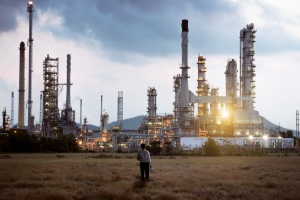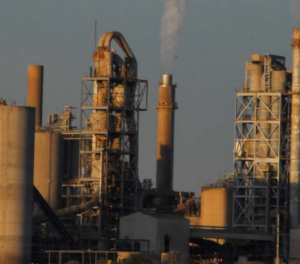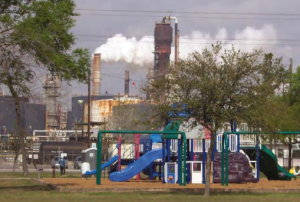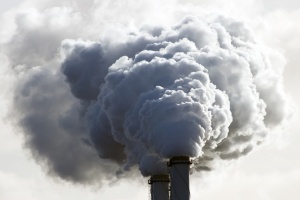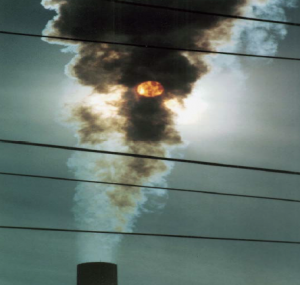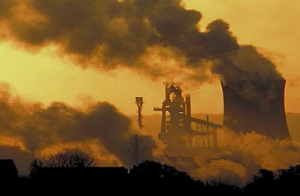Carbon dioxide (CO2) emissions from U.S. power plants dropped 3.1 percent in 2008, tempering a steady increasing trend in recent years. In contrast to the one-year decline in emissions, power…
Read more
The massive spill of toxic coal ash from TVA’s Kingston plant in Tennessee just before Christmas dramatized how unsafe disposal practices can damage the environment and threaten the health of…
Read more
Coal-fired power plants are the single largest source of mercury air pollution, accounting for roughly 40 percent of all mercury emissions nationwide, according to the U.S. Environmental Protection Agency. Mercury…
Read more
Petroleum refineries are a major source of pollution in the United States, releasing a significant amount of carcinogenic pollutants into the air Americans breathe. Although petroleum refineries are the backbone…
Read more
Cement kilns are poisoning our air, water and food with mercury pollution. For more than a decade, the EPA has neglected this health threat. Now, new data from EPA itself…
Read more
Over two thirds of currently planned expansions of U.S. oil refining capacity are designed and intended to accommodate heavier, dirtier crude oil from Canadian “tar sands,” according to data on…
Read more
As the petrochemical capital of the United States, the Houston area is at the center of a toxics storm. Numerous studies have documented dangerous levels of toxic air pollution in…
Read more
Carbon dioxide (CO2) emissions from power plants rose 2.9 percent in 2007, the biggest single-year increase since 1998, according to new data from the U.S. Environmental Protection Agency. Emissions of…
Read more
Nationwide, the power plants that provide electricity to run our homes, businesses, and factories also account for 40 percent of carbon dioxide, roughly two thirds of sulfur dioxide, 22 percent…
Read more
State agencies are responsible for most of the day to day work required under the federal Clean Air Act, such as monitoring emissions, developing air quality plants, and writing and…
Read more





